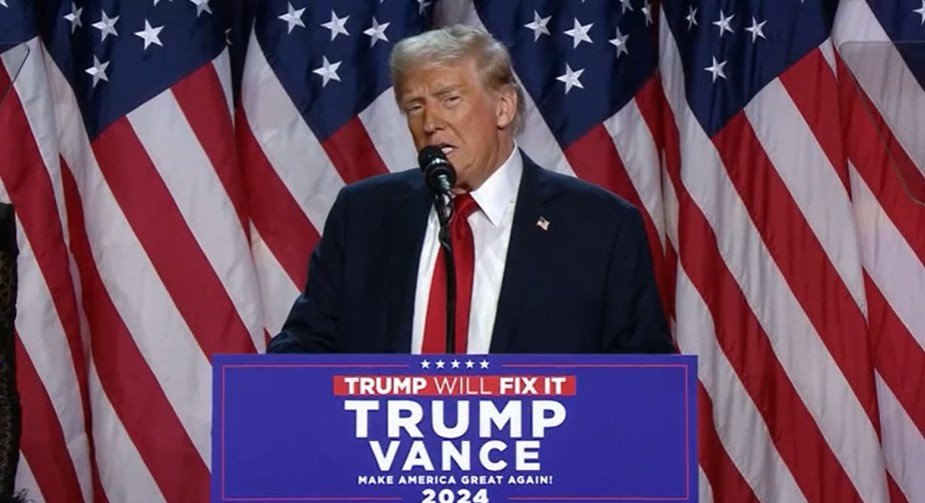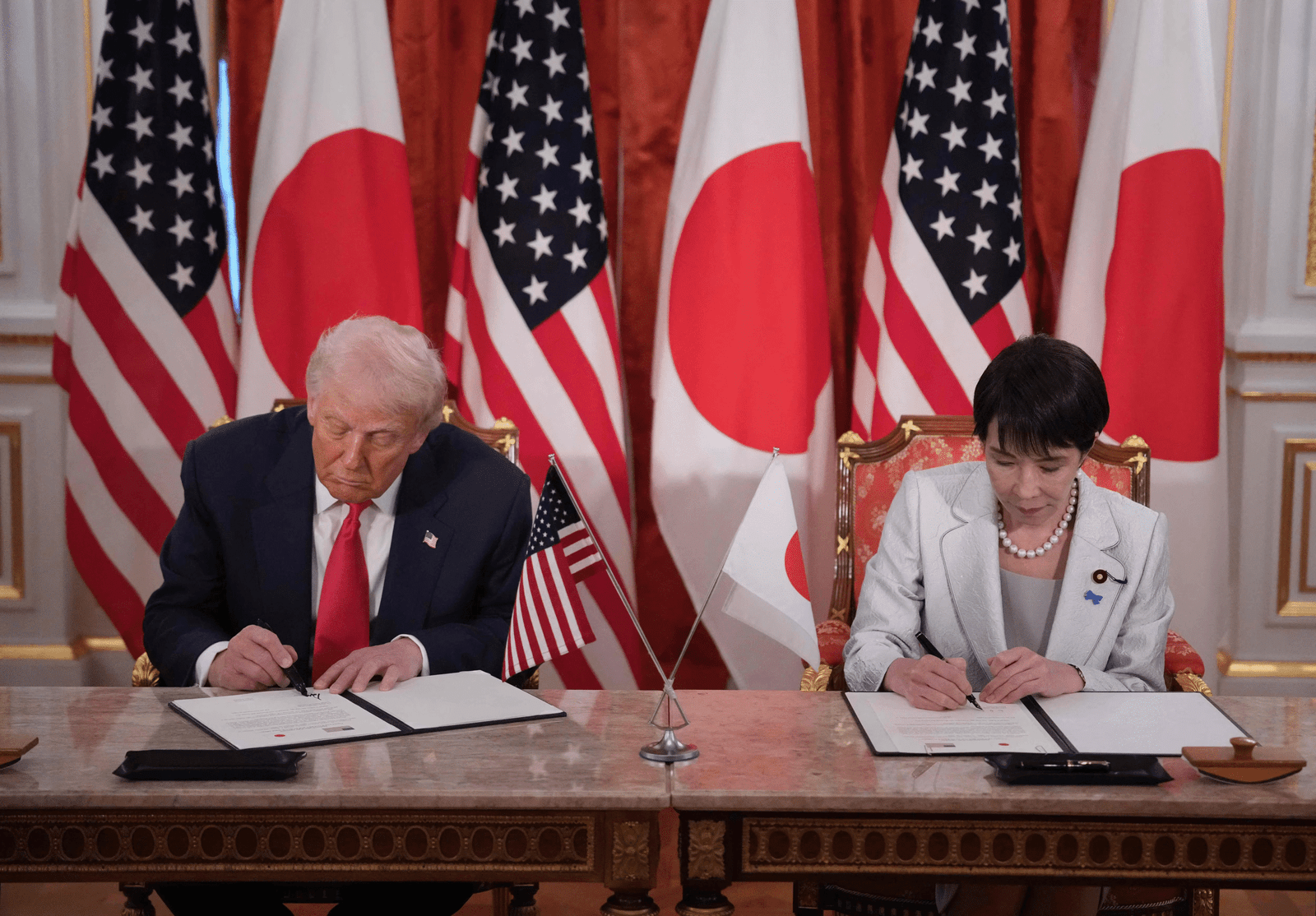Donald Trump’s rhetoric surrounding the powers of the presidency has once again sparked debates about his views on the role of the US executive branch. On November 7, 2024, Trump made headlines when he expressed his belief that presidents should have near-total power, claiming that during his first term, he faced constant pushback from other branches of government that hindered his ability to govern effectively. Trump’s comments about consolidating presidential power during a second term have raised concerns about the implications for US democracy.
Trump’s view that the president should be unchallenged in their decisions raises questions about the future of American governance. Many experts fear that such a concentration of power could undermine the system of checks and balances that is fundamental to the US Constitution. While Trump’s supporters argue that his strong leadership is necessary to cut through bureaucratic red tape, critics warn that it could lead to authoritarianism and the erosion of democratic institutions.
In his statements, Trump has also suggested that he would seek to bypass traditional legislative processes, leveraging executive orders to enact his policies without the need for congressional approval. This approach, while legal, could have far-reaching consequences on the balance of power between the branches of government.
As the 2024 election progresses, Trump’s remarks underscore a key issue that voters will need to consider: the balance of power in the executive branch and how future presidents will interact with other parts of the government. The idea of a “near-total” presidential power, especially if enacted during a second term, could set a precedent that changes the course of American political history.











